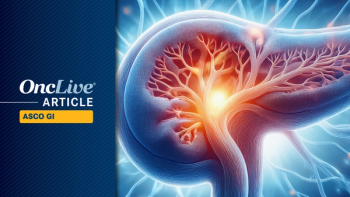
Dramatic Shortage of Urologists on Horizon
An estimated 16,000 urologists will be needed to provide specialty care by 2025, but estimates of the number of urologists likely to be in practice at that time range between 6800 and 7400.
Raj S. Pruthi, MD
The urology workforce will fall more than 50% short of projected needs by 2025, according to a study reported Sunday at the annual meeting of the American Urological Association (AUA) in San Diego, California.
An estimated 16,000 urologists will be needed to provide specialty care, but estimates of the number of urologists likely to be in practice at that time range between 6800 and 7400.
An analysis based on workforce data from 2009 indicated that the total number of urologists would decline by 29% and full-time equivalents by 25% by 2025.
An existing lack of urology services in underserved areas, particularly rural areas, will worsen as the urology workforce declines, researchers believe. About 12% of practicing urologists are in rural areas, where about 20% of the population of the United States lives.
“There is a widening chasm occurring in the supply of urologists in the United States, especially in rural areas,” Raj S. Pruthi, MD, director of Urologic Oncology at UNC Health Care, University of North Carolina at Chapel Hill, said during a press conference at the AUA meeting.
Multiple factors are contributing to the problem, said Pruthi and press conference moderator Christopher M. Gonzalez, MD, MBA, a professor of Urology at Northwestern University Feinberg School of Medicine in Chicago.
Since Medicare funding for medical education has been frozen since 1998, a growing proportion of urology residency positions have been funded by alternative sources, usually revenue from clinical services. The growing population of older patients will continue to strain urology services and resources, as will the increasing prevalence of several urologic conditions, including nephrolithiasis, benign prostatic hyperplasia, incontinence, and urologic malignancies.
Demographically, urology is an older medical specialty, Pruthi noted. The mean age of urologists in the United States is 52.5 years. From 1981 to 2009, the proportion of urologists older than age 55 increased from 24% to 44%, and the proportion older than age 70 from 3.4% to 7.4%.
The declining urology workforce in rural areas portends potentially dire clinical consequences, said Gonzalez. Currently, about 58% of all counties in the United States have no practicing urologists. Studies have shown a significantly higher mortality rate for patients with bladder, renal, and prostate cancers in areas not served by urologists. Moreover, rural urologists are about two years older than their urban counterparts, suggesting that retirements will drain the existing workforce.
Proposed legislation in Congress would increase residency positions by 15%, still far below the projected demand. Some estimates indicate the number of urology residency slots needed by 2025 will increase by more than 40%.
“This contraction in the workforce may affect patient suffering and outcomes,” said Pruthi. “A lower density of urologists may lead to increased mortality in patients who have urologic cancers. Issues such as demand, access, and outcomes will be important contributors, but they are beyond the scope of this study.”
Solving the workforce problem will require creative solutions, which the AUA is exploring and will continue to investigate with other interested parties that have a stake in the issue, said Gonzalez.
Kirby W, Ferguson J, Johnson D, et al. Future supply of urologists: projected to decrease dramatically between 2009-2025. J Urol. 2013;189(4):e171-e172(suppl; abstr 422).
<<<

























































































